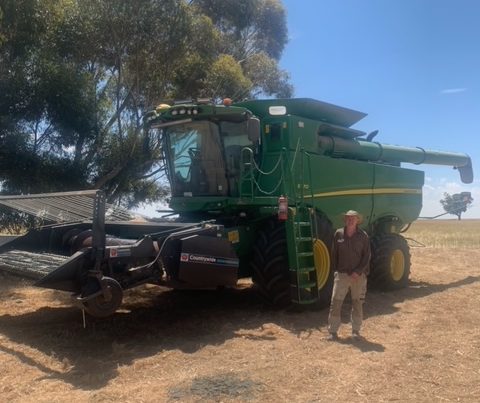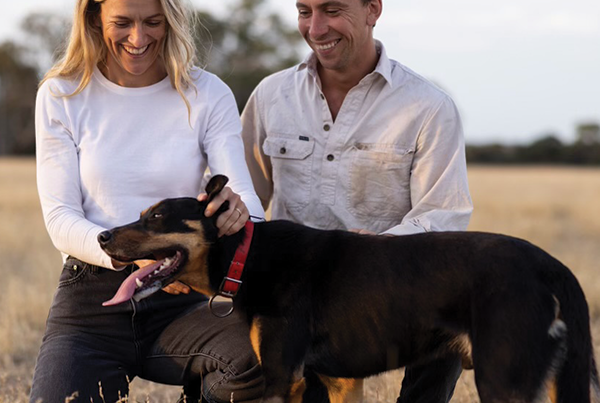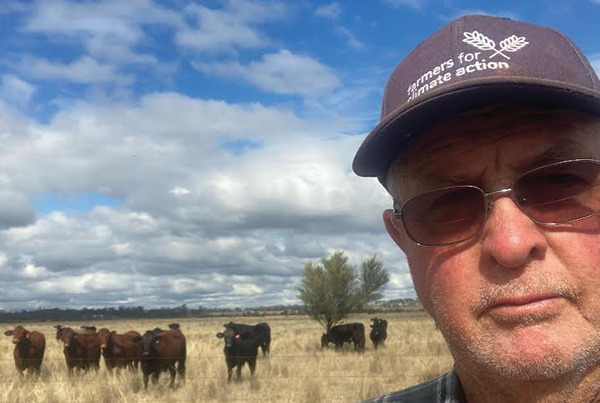
View wooden hand made art pieces by Chris Reid at JahRoc Fine Wood Gallery, Margaret River. https://www.jahroc.com.au/artists/chris-reid
At a glance
Who: Chris & Cheryl Reid
What: We own 200 acres, raise beef, manufacture wooden products (Woodorginal) for gift and tourist markert, grow as much of our own food as practicable, and have raised two wonderful boys.
Where: Beautiful Denmark on the south coast of Western Australia
Can you tell us about your property?
The annual rainfall is around 1000mm/year, mostly winter/spring months, and a 9 month growing period. However the soils are extremely varied and mostly infertile with a high degree of leaching because of the high winter rainfall.
When we purchased our property 33 years ago (in 1988) it had approx 70 acres cleared with a boundary fence and one small dam. The remainder was virgin bushland, Jarrah/Marri forest with areas of Melaleuca (paperbark) and Beaufortia Sparsa wetland, so we determined we would not clear it. We wanted to find a way of making a living from our small acreage without damaging any more of this very diverse landscape. Initially we harvested a couple species of Agonis (native Teatree) and Beaufortia Sparsa flowers that had a reliable market at the time, for cut flowers. The beauty of this was its sustainability but unfortunately not enough income to sustain our family. We had a lot of work in front of us to develop and expand any farming potential of the cleared but poor quality pasture. We also needed to build a house, sheds and stockyards to establish a lifestyle here.
We made a farm plan to identify areas of damaged bushland to regenerate and other areas to increase productivity by pasture improvement, fencing to smaller paddocks, adding water points or dams and retaining some shelter in each paddock. Raising beef seemed the obvious thing to do as we had very little infrastructure.
What first got you thinking about climate change?
We have been aware of evidence of climate change since 1985, due to our interest and formal education in environmental, agricultural and land care studies. It was volunteering for a local environmental group that cemented this awareness, encouraged us to be more involved and pro-active to make a difference at a personal level. We volunteered to be part of a Community Wind farm development that is now up and running. The Denmark Community Wind farm plans to supply approximately 40% of the 8-gigawat hrs of electricity the residents and businesses of Denmark utilise yearly.
How has climate change impacted on your farm business?
The impact of climate change on our property is subtle at this stage but the trend for dryer years and less soil moisture overall, seems to be established. Rainfall is more variable outside of the winter months.
What are some. of the climate-smart strategies you’ve been employing and how successful have they been?
Native bush regeneration has been shown to sequester substantial amounts of carbon, in the soil as well as the body of the plant. We have regrown areas chained by previous owners and planted out Jarrah seedling to damaged areas of bushland. Our property is near the top of the catchment with a number of creeks running through our bushland, this helps mitigate any leaching of nutrients from pasture that would end up in Parry’s inlet on our nearby coast.
Good landscape design, and biodiversity plantings can enhance farm performance by reducing erosion and sheltering stock. We have planted with awareness to erosion areas and shelter for protection during in our cold wet winters.
We have developed a business of manufacturing wooden products for gift and tourist market. We harvest small quantities of Jarrah and sheoak, mostly from windrows left by previous clearing. This resource is greatly value added by making find wood products we sell though local and interstate outlets.
We have no regrets at keeping our bushland, it’s satisfying to know the benefits to the environment and our family who have enjoyed the beauty of diversity of flora and fauna at our backdoor, especially the wonderful birdlife our property supports. We have identified over 60 species of birds from our garden. We have identified at least 6 marsupials species, numerous reptile species, also an abundance of frogs. We enjoy a rich and varied landscape surroundings us, as well as having our domestic farm animals.






